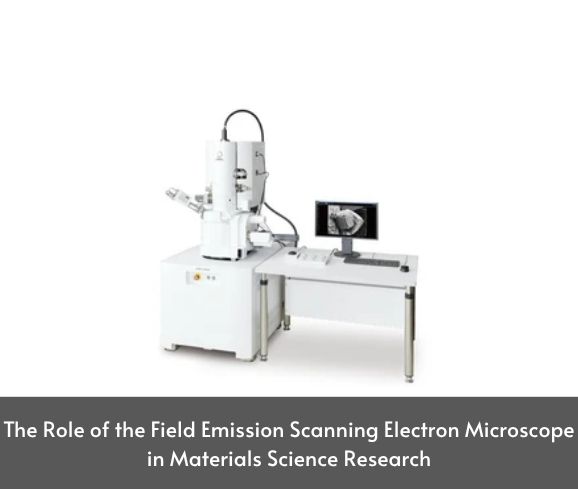The Growth of Advanced Packaging and the Need for Semiconductor X-ray Inspection
Advanced packaging technologies—such as system-in-package (SiP), 2.5D and 3D integrated circuits (ICs), and fan-out wafer-level packaging (FOWLP)—offer improved performance in smaller form factors. However, these innovations also introduce increased complexity in interconnects, layers, and bonding. Traditional inspection tools such as optical microscopy fall short when it comes to examining these dense and multi-layered structures.
Semiconductor X-ray inspection steps in to fill this gap by providing non-destructive imaging of internal features, allowing manufacturers to detect hidden defects without damaging the product.
How Semiconductor X-ray Inspection Enhances Quality Control
X-ray inspection systems offer high-resolution imaging that reveals solder joints, micro-bumps, through-silicon vias (TSVs), voids, and other critical features. These systems enhance quality control by:
- Catching defects early in the process
- Reducing costly rework and scrap
- Enabling higher production yields
- Verifying structural integrity before product release
In industries where failure is not an option—such as medical, aerospace, and automotive electronics—semiconductor X-ray inspection ensures that only reliable components reach the market.
Types of Semiconductor X-ray Inspection Systems Used in Packaging
2D Semiconductor X-ray Inspection for Quick Screening
2D X-ray systems are commonly used in production lines for their speed and simplicity. These systems capture flat, grayscale images that highlight areas of contrast such as missing solder or foreign particles. While 2D systems are suitable for simple packages, they may miss defects hidden beneath complex layers.
3D and CT Semiconductor X-ray Inspection for Complex Assemblies
3D and computed tomography (CT) inspection systems provide volumetric data, allowing engineers to virtually “slice” through the package and examine internal structures from any angle. This is especially useful for evaluating:
- Flip-chip bonding
- Microvia alignment
- Embedded die and substrate features
- Interconnect integrity in 3D ICs
The use of 3D semiconductor X-ray inspection is growing, particularly in R&D and advanced packaging lines.
Semiconductor X-ray Inspection and the Transition to Smart Manufacturing
As semiconductor fabs move toward Industry 4.0, X-ray inspection tools are becoming smarter and more connected. Integration with factory automation systems allows for real-time data sharing and automated decision-making. For example:
- Inspection data can feed into MES (Manufacturing Execution Systems)
- Defect trends can be identified using machine learning
- Inspection equipment can auto-adjust settings based on live feedback
These advances allow semiconductor X-ray inspection systems to contribute to predictive maintenance, quality traceability, and production optimization.
AI-Powered Defect Detection in Semiconductor X-ray Inspection
Artificial intelligence is revolutionizing how defects are detected and classified in X-ray imaging. Using deep learning algorithms, modern inspection systems can identify subtle anomalies that human inspectors may overlook. Benefits of AI in semiconductor X-ray inspection include:
- Automated defect recognition (ADR)
- Reduced false positives
- Consistent inspection quality across shifts
- Faster data analysis and reporting
With AI integration, inspection tools are evolving from passive scanners into intelligent quality control assistants.
Semiconductor X-ray Inspection for Fan-Out and Embedded Die Technologies
Fan-out wafer-level packaging and embedded die technologies represent the cutting edge of semiconductor design. These techniques allow for thinner, more efficient, and higher-performing chips—but also increase the difficulty of inspection.
Semiconductor X-ray inspection plays a vital role in validating:
- Die alignment within epoxy molds
- Redistribution layer (RDL) quality
- Solder ball attachment and voiding
- Interconnect reliability in complex routing
Only X-ray inspection can provide detailed insight into these embedded structures without disrupting the package.
Challenges Facing the Future of Semiconductor X-ray Inspection
Despite its capabilities, X-ray inspection systems face challenges as they evolve alongside semiconductor packaging. Key obstacles include:
- High Equipment Cost: Advanced CT systems require significant investment.
- Data Volume and Management: 3D imaging generates massive data files, requiring robust storage and analysis solutions.
- Speed vs. Resolution Trade-Offs: Increasing resolution can slow down inspection speed, affecting production throughput.
Overcoming these challenges will be critical to widespread adoption, particularly in high-volume production environments.
The Future Direction of Semiconductor X-ray Inspection Technology
Looking ahead, the next generation of semiconductor X-ray inspection technology is poised to become:
- More Compact: Future systems will be optimized for floor space and modular installation.
- Faster: Image acquisition and reconstruction times will be reduced through GPU acceleration.
- More Accurate: Submicron and nano-scale inspection will become standard for advanced nodes.
- More Automated: Seamless integration with robotic arms and handling systems will enable true inline inspection.
These advances will help ensure that even the most complex packages meet quality and reliability standards.
Role of Semiconductor X-ray Inspection in Ensuring Long-Term Reliability
Reliability is a non-negotiable requirement in today’s tech-driven world. Whether in aerospace systems, medical implants, or autonomous vehicles, the failure of a single semiconductor component can have catastrophic consequences.
Semiconductor X-ray inspection enables long-term reliability by:
- Detecting early-stage defects invisible to the naked eye
- Monitoring structural integrity over time
- Validating materials and bonding layers used in packaging
- Ensuring compliance with rigorous quality standards
By preventing defective products from reaching customers, X-ray inspection protects brand reputation and public safety.
Conclusion: Semiconductor X-ray Inspection is the Backbone of Next-Gen Packaging
As packaging technologies continue to advance, so must the tools that inspect and validate them. Semiconductor X-ray inspection is no longer just a quality control option—it’s an essential technology for modern electronics manufacturing.
From supporting AI-powered defect detection to enabling smart manufacturing and ensuring structural integrity in high-density packages, X-ray inspection is at the heart of next-generation semiconductor success. Manufacturers who embrace the future of X-ray inspection will be best positioned to lead in quality, innovation, and reliability.









